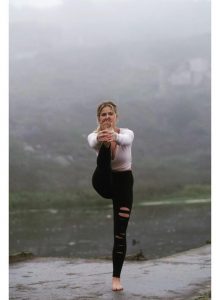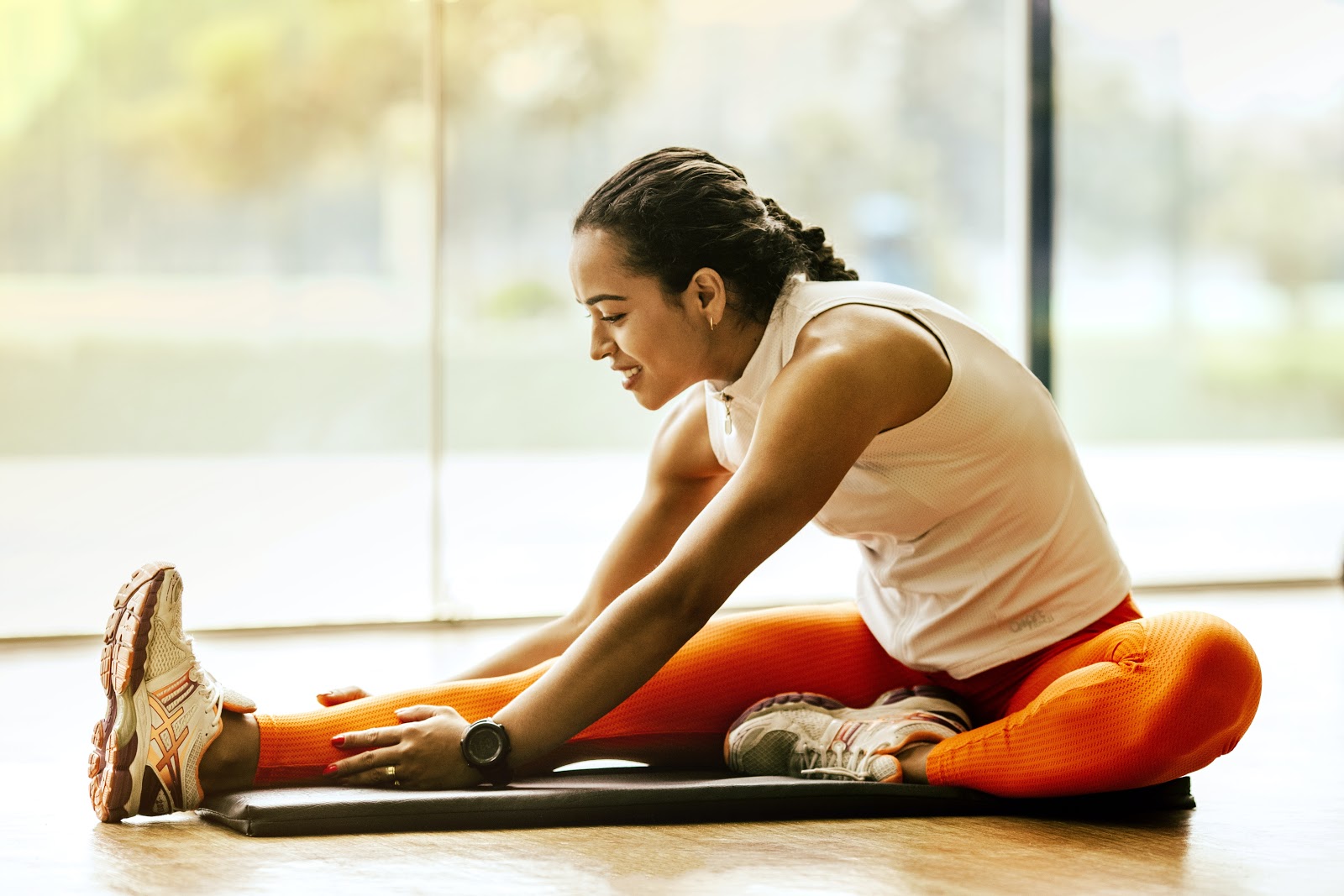What IS intuitive movement?
Authors of the book Intuitive Eating define intuitive movement in the following way;
“It’s the practice of connecting to your body and recognizing internal cues to determine what type of movement, the duration of movement, and purpose of movement fulfills our body needs. It focuses on the feeling of exercise and mindfully engaging with the present moment.
Intuitive movement shifts from the notion of working out for burning calories, obsession, feelings of guilt, and “wishing it was over”, to decreased stress, more energy, improved sense of well-being, empowerment, and higher quality sleep.” (Tribole & Resch, 2012)
I don’t know about you, but I have noticed I am spending a lot of time on Instagram. There seems to be an increase in messages coming through on social media, fitness blogs, and workout facilities that are sharing workouts multiple times a day. It feels like there is a constant stream of posts telling me how to move my body.
The thoughts of “well maybe I should do this”, or “maybe I should do that instead”, and “I really should move today for (x) amount of time” are frequent, and sometimes overbearing. I know that when I catch myself saying/thinking “should” too much, it’s a red flag. Sometimes, “should” shows up because we have the ability to decide what movements we want to do, and what will fill our cup for our bodies’ needs.
Other times, “should” is present in a form of comparison, devaluation, and shame of what we “should” be doing because so and so is doing this, or so and so said that. When “should” thoughts arise, notice what the meaning behind that “should” is. Is it coming from a place that is productive and helpful? Or is it a backslide into old habits that no longer serve our well-being?
Reconnect to your body, self-awareness, and intuition
If you want to reconnect to your intuitive movement needs, reflection is a great way to spark the process. Think back to the times when it felt good to move. What were you looking forward to or excited about? What was really driving that helpful, cup-filling emotion and movement?
We get taken away from our bodies and movement-loving experiences when we start to dread them or feel as though they are a punishment. In some cases, your hips and lower back may feel really tight, and a loose, flow yoga targeting the opening of those areas will fill your cup. Or maybe you want to feel your heartbeat through your body with a dance routine off YouTube.
Each day may have a different calling. And, some days, the movement you feel you need is a break curled up on the couch with a blanket and a candle. That’s OK. The great thing about intuitive movement is that it is in tune with YOUR body and YOUR mind. Let it be unique.
In the case of engaging in movement, put your favorite, comfortable workout clothes on. Play some of your best jams that suit the mood of release, or pump up beats that make you want to get goin’. With whatever space you have, make it yours. Make it fun. As you step into that space, reconnect with your purpose of rejuvenating, enjoying, and alleviating mental and physical stress. Whether it’s for 5, 10, 20, or 60 minutes.
Maintaining balance
Continue to check in with your purpose and how your body feels throughout the movement of choice. Notice the thoughts that arise, the sensations from the tip of your head down through your toes and your breath.
At the end of your movement of choice, jot down 1 – 3 things you are grateful for post-movement. Gratitude is something we often skip over, and yet it’s an evidence-based practice that has been shown to enhance our well-being, connection, and joy.
Would you like to learn more about working with Evolve clinician?
Reach out today!
Written by Jennifer Simmons, CMPC
References:
Tribole, E. & E. Resch. 2012. Intuitive Eating, 3rd edition. St. Martin’s Press, NY:NY.


